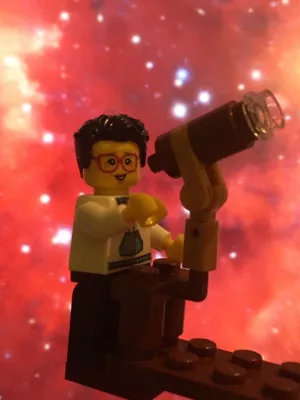Instruments for a European Extremely Large Telescope: the challenges of designing instruments for 30- to 100-m telescopes
Author
-
Adrian P. Russell
-
Guy Monnet
-
Andreas Quirrenbach
-
Roland Bacon
-
Michael Redfern
-
Torben Andersen
-
Arne Ardeberg
-
Eli Atad-Ettedgui
-
Timothy G. Hawarden
Editor
-
Alan F. M. Moorwood
-
Masanori Iye
Summary, in English
Designs for Extremely Large Telescopes (ELTs) are quite well advanced,but the requirements of instruments have had limited impact. Sinceprovision of a suitable environment for instruments is a critical aspectof all telescopes, we outline some well-known and some less-appreciatedchallenges of designing instruments for ELTs. A wide-field spectrometer(WFSPEC) with ~10 arcmin field-of-view, probably with AO correction ofground-layer seeing, illustrates the well-known difficulty of matchingmodern detector pixels to large (~0."3) images. The challenges ofexploiting wide-field (1'-2' FOV) high-performance AO systems on ELTsare illustrated by a Multi-Object Multi-field Spectrometer and Imager(MOMSI), which provides imaging and integral-field spectroscopy, atnear-diffraction-limited pixel scales, of targets in approximately 300subfields each. This instrument, roughly equivalent to all theastronomical spectrometers yet built, extracts ~200 times less of theavailable information from the ELT's FOV than near-future instruments on8-m class telescopes will do for their hosts. We emphasise the greatsize of such instruments (40-100 tonnes, 100-200 m3) and the need toaccommodate this size in telescope plans. A third area of challenge isthe exploitation of the potential capabilities of ELTs in the mid-IR,where they would offer powerful complements to JWST and ALMA;low-emissivity telescope designs and, possibly, cryogenic AO, may beneeded. Finally, we outline the potential challenges of correctingatmospheric dispersion effects.



